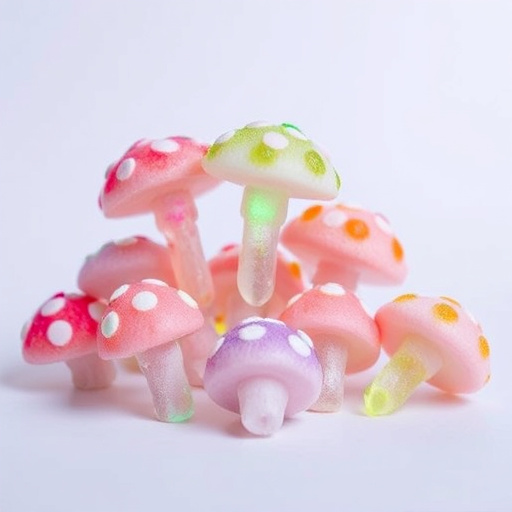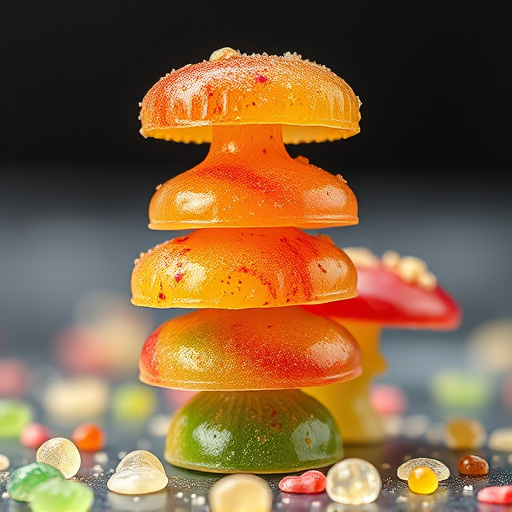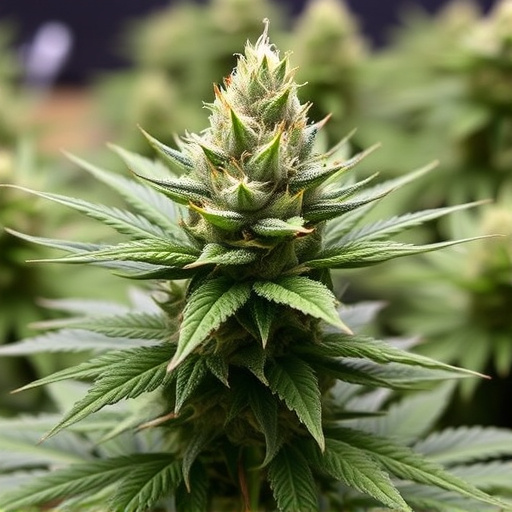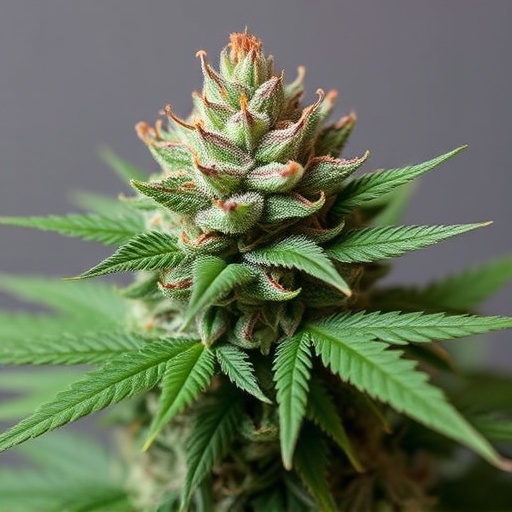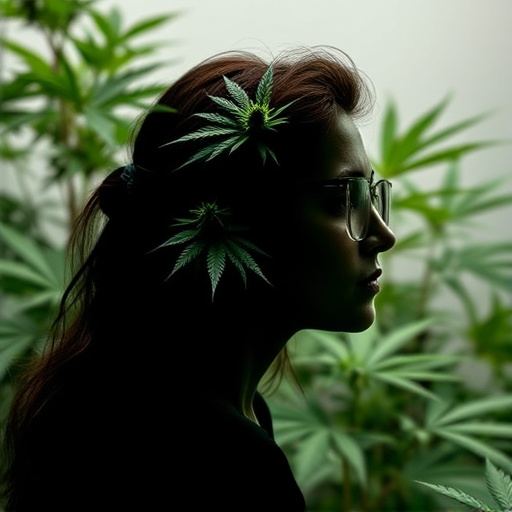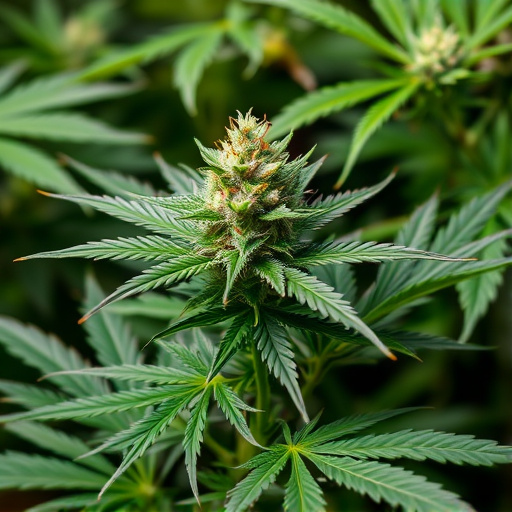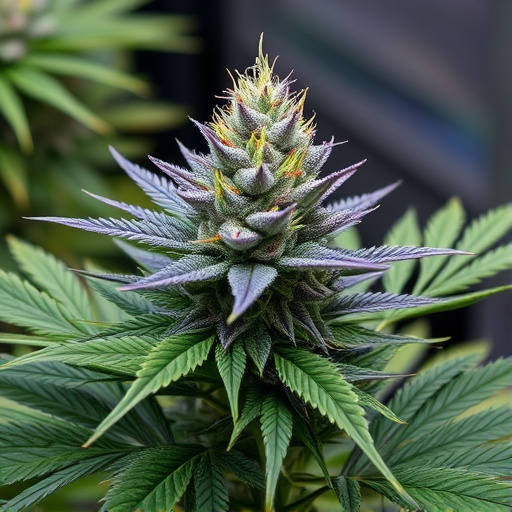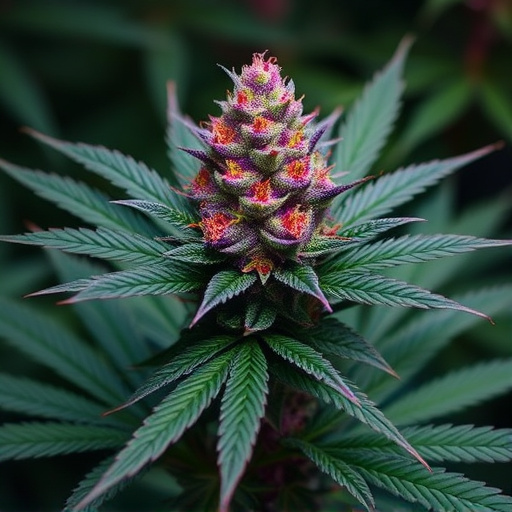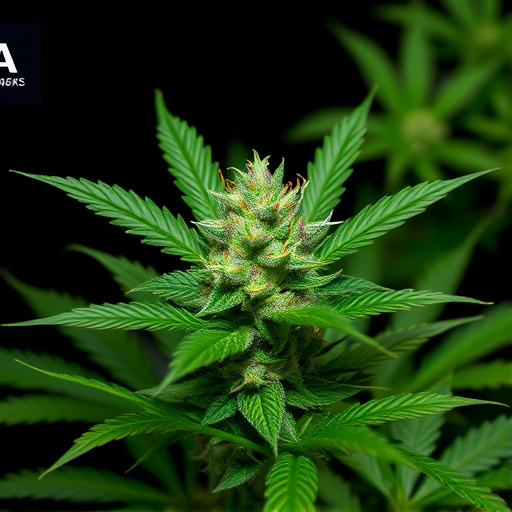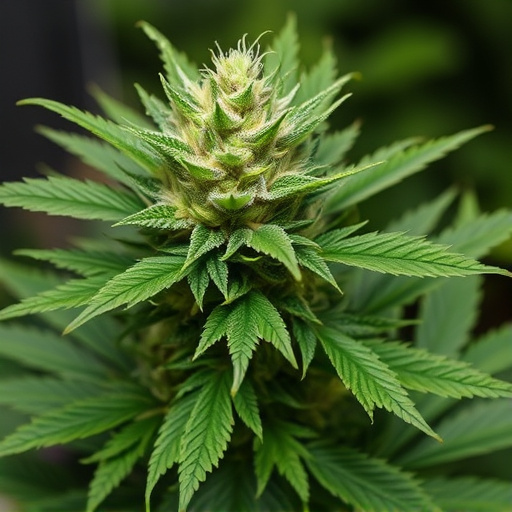Vaping cannabis, or vaporizing, offers a modern, healthier alternative to smoking by heating cannabis to specific temperatures (180°C-230°C) to produce an aerosol. This method allows users to customize their experience based on cannabinoid and terpene profiles in the newest strains of cannabis for relaxation, pain relief, or energy boosts. The ideal temperature varies between strains (lower for Indicas, higher for Sativas) and users, with portable devices offering narrower ranges and desktop vapors broader spectrum options. Optimizing vaporization temperatures requires understanding unique chemical profiles to achieve desired effects and flavors in the newest strains of cannabis.
In today’s world, vaporizing cannabis has emerged as a preferred method among folks who appreciate its therapeutic benefits. This article delves into the optimal vaporizing temperatures tailored to the newest strains of cannabis. Understanding vaporization and its advantages for cannabis consumption is the first step. We’ll explore factors influencing ideal temperature settings and provide specific guidelines for various newer cannabis varieties, ensuring an enhanced experience while prioritizing safety and efficacy.
- Understanding Vaporization and Its Benefits for Cannabis Consumption
- Factors Influencing Optimal Vaporizing Temperatures
- Ideal Temperature Settings for Different Newest Strains of Cannabis
Understanding Vaporization and Its Benefits for Cannabis Consumption
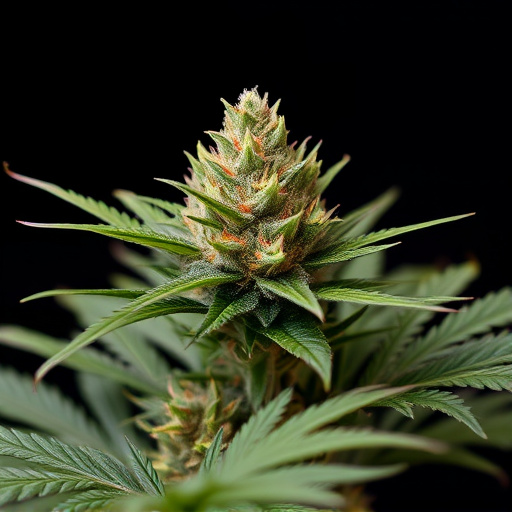
Vaporizing, or vaping, is a popular method for consuming cannabis that offers several advantages over traditional smoking. This process involves heating cannabis to its vaporization temperature, typically between 180°C and 230°C (356°F to 446°F), causing the active compounds to evaporate into a breathable aerosol. Unlike burning tobacco or cannabis, vaporizing avoids many of the harmful byproducts associated with combustion, such as tar and carbon monoxide. This is especially beneficial for those concerned about the health implications of traditional smoking methods.
One of the key benefits of vaping is the ability to target specific cannabinoid profiles present in modern strains of cannabis. Different strains offer diverse combinations of THC, CBD, and other cannabinoids, each with unique effects on the user. By controlling vaporization temperatures, consumers can enjoy a tailored experience, maximizing the desired effects whether it’s relaxation, pain relief, or a boost in energy. This precision allows individuals to explore and appreciate the nuanced characteristics of their favorite newest strains of cannabis.
Factors Influencing Optimal Vaporizing Temperatures
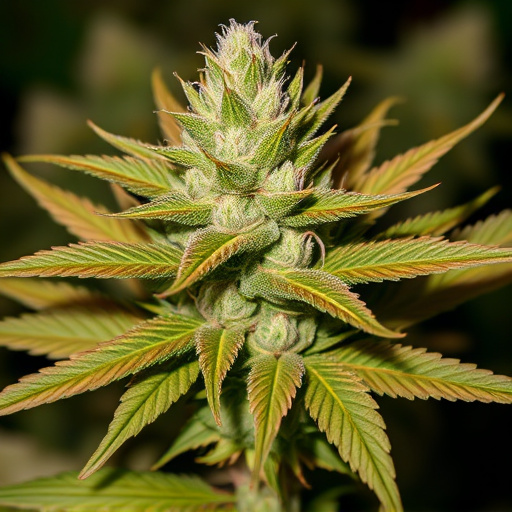
The optimal vaporizing temperature for weed is a delicate balance, influenced by various factors. One key consideration is the specific characteristics of the newest strains of cannabis on the market. Different strains have varying cannabinoid and terpene profiles, which can significantly affect ideal vaporization temperatures. For instance, Sativa strains often peak at slightly higher temps due to their higher THC content, while Indica varieties might require lower settings for a more balanced extraction.
Another critical element is personal preference. Some users prefer a smoother, more subtle experience and opt for cooler vaporizing temperatures, while others seek a stronger, more intense high and are comfortable with hotter settings. Additionally, the type of vaporizer used plays a role; portable devices may have narrower temperature ranges, whereas desktop vapors often offer a broader spectrum to cater to diverse user needs and preferences.
Ideal Temperature Settings for Different Newest Strains of Cannabis
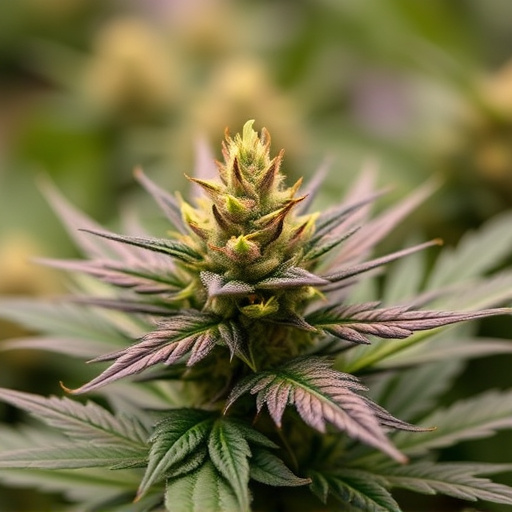
When it comes to optimizing vaporizing temperatures for the newest strains of cannabis, understanding the ideal settings is key to unlocking the full potential of each unique variety. Different strains have distinct chemical profiles, with varying levels of cannabinoids and terpenes, which all affect the desired effects and flavors experienced during consumption. For instance, Indica strains, known for their relaxing and sedative properties, tend to thrive at slightly lower temperature ranges, typically between 175°F – 185°F (approximately 80°C – 85°C). This temperature window allows for a smoother vaporization process, enhancing the therapeutic benefits without overwhelming the senses with potent flavors.
In contrast, Sativa strains, celebrated for their energizing and uplifting effects, often require slightly higher temperature settings. Optimal vaporization temperatures for these newest strains typically range from 190°F – 205°F (around 88°C – 96°C). Higher temps intensify the sativa experience, bringing out brighter, more citrusy or fruity notes that cater to those seeking a more invigorating high. However, it’s crucial to note that even within these general guidelines, individual preferences and specific cannabinoid profiles can vary, so experimentation is often necessary to find the perfect temperature sweet spot for each particular strain.
Vaporizing cannabis at the right temperature is key to unlocking the full potential of its diverse compounds and enjoying a superior experience. By understanding the factors that influence optimal temperatures and tailoring them to the specific profiles of newer cannabis strains, users can navigate the complex world of vaporization with confidence. This method allows for a more controlled and personalized intake, enhancing both flavor and effectiveness. So, whether exploring the latest hybrid blends or indica-dominant varieties, knowing your temperature settings is a game-changer in the realm of cannabis consumption.
